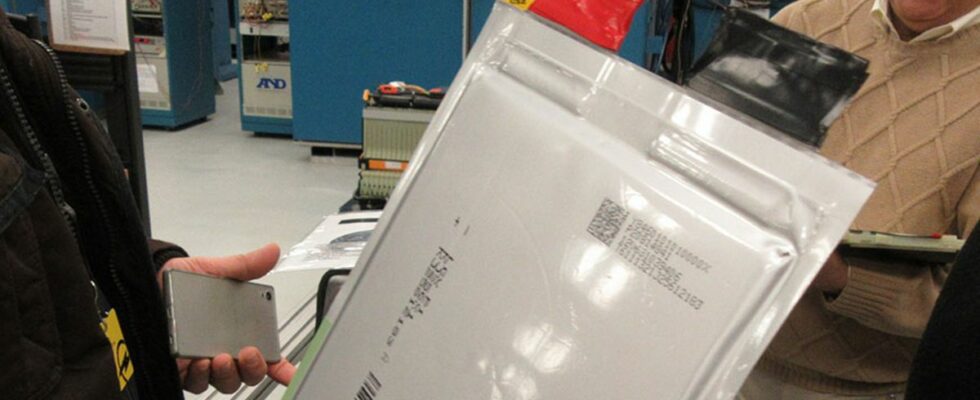It has happened to us at least once to find that part of the charge of a lithium-ion battery of an electronic device discharges itself. This problem may soon become history. Researchers from the Battery Research Center (funded by Tesla) at Dalhousie University, located in Halifax (Canada), have just made an interesting discovery. This phenomenon of self-discharge “frustrates users and industry, and leaves manufacturers perplexed when trying to determine why lithium-ion battery cells tend to lose some charge over time”they had noted beforehand.
A not-so-trivial adhesive tape…
Seeking to understand why, Michael Metzger, Assistant Professor and Herzberg-Dahn Chair in the Department of Physics and Atmospheric Sciences, and his team realized that the culprit was the adhesive tape used to hold the electrodes wrapped in the lithium ion battery cells. More precisely, it is the composition of the Scotch that poses a problem. This one is made from polyethylene terephthalate, or PET, a recyclable plastic “used to package 70% of soft drinks, fruit juices, dilutable drinks and bottled water” (source Recycletheone). It is also used to make other products such as clothing, furniture, sheets of paper and packing tape. Although it is a petroleum-based plastic and more expensive than PVC, PET is 100% recyclable and has the ability to be transformed many times for the production of other products.
In the case of lithium-ion batteries, the PET adhesive tape decomposes under the effect of high temperatures into dimethyl terephthalate (DMT) taking the form of a so-called redox shuttle molecule. Michael Metzger explains that this can “move to the positive side of the electrode, then to the negative side and finally to the positive side”. By proceeding in this way between the electrodes, it “creates self-discharge, just like lithium is supposed to”. Where the shoe pinches is that said molecule “commutes in the background all the time, even when no lithium is supposed to be moving around in the battery”.
Heat degradation
To reach this conclusion, the researchers used NMC (nickel-manganese-cobalt) cells with an identical electrolyte solution for all, which they placed in ovens at different temperatures. At 25°C the electrolyte remained clear, but beyond that the liquid became darker, changing from light brown to blood red at 70°C. It was the chemical analysis of this decoction which made it possible to discover the presence of dimethyl terephthalate, or DMT.
Michael Metzger’s team did not expect this, because “no one cares about those idle components, ribbons and plastic sheets in the battery cell”. In view of these results, “you really have to take this into account if you want to limit side reactions in the battery cell” adds the researcher who sees “a commercially relevant discovery”.
The solution would be to replace the PET adhesive tape with a material that does not degrade: “It’s a small thing, but it can definitely help improve battery cells”. Note, however, that not all cells wrap their electrodes or secure them with PET tape. This is particularly the case for prismatic or pocket cells.
